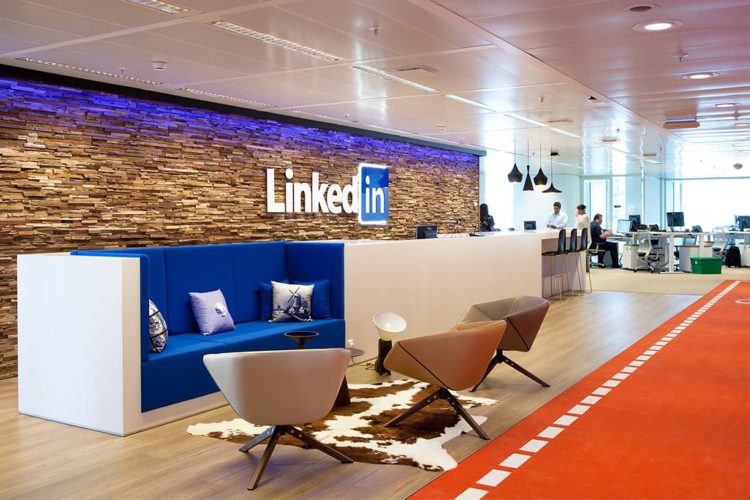Platforms for connecting freelancers with clients are not all that uncommon nowadays with Elance, Freelancer, Fiverr and many more. LinkedIn, the business-oriented social networking site, was behind in this aspect.
Now it looks like they’ve also decided to get in on the freelancing action.
LinkedIn has created a new freelance marketplace called ProFinder. The new marketplace is designed to help freelance professionals find clients both big and small that need their services.
With the new service, all you would have to do is fill out a brief description of the type of work you want done and you are matched with qualified professionals who are a best fit for your project.
How Does LinkedIn ProFinder Work?
In order to hire a freelancer, you will have to search for the service that you need. Currently there are over 140 areas of expertise listed at Linkedin that you can choose from.
After that, you will be required to fill in the form, detailing your specific needs, your location , the time frame, budget and job requirements.
LinkedIn says that within a few hours, you can receive up to 5 proposals from freelancers based on your request and LinkedIn profile.
You will then be contacted by the freelancers with a message, a price quote and also a link to their LinkedIn profiles.
What Makes ProFinder Different than Others?
Vaibhav Goel, the Product Lead for LinkedIn ProFinder, said in an interview that the ProFinder features deep integration with the LinkedIn network, something that makes it attractive when compared with other online freelancer services.
Quality of freelancers is also an issue. ProFinder takes care of this by letting you view the profile of the freelancers, including their work history, references and their connections. People can verify how genuine freelancers are from sources they can trust. This is a big factor in deciding who to hire and it certainly helps.
ProFinder is certainly great tool from a freelancer’s perspective. It’s an improved experience because instead of spending valuable time looking for services, you can hear directly from potential clients.
Some Concerns
But not everything is in favor for the freelancers, there are a couple of disadvantages to this too. One of those is that if the client’s projects on ProFinder don’t come as detailed project outlines. This means that there’s no way to find out the actual amount of work that is needed to be done.
With this problem, the freelancer has no way of setting an appropriate asking price for his/her project. There is also no way to ask questions from the client in regards to this matter either before applying for the project. You can only discuss the matter in detail once the client has accepted you and already confirmed a price.
Secondly, freelancers only have about 5 minutes to set up a proposal and have it sent to the client. So you have to act quickly or face getting locked out from presenting a proposal.
LinkedIn has to make a ton of improvements before ProFinder can become the de-facto leader for freelancers. However, it is good to see the world’s most well-known professional social network getting into the freelancing game. Hopefully, it will listen to concerns of all stakeholders if it wants to make ProFinder useful for the freelancing community.




